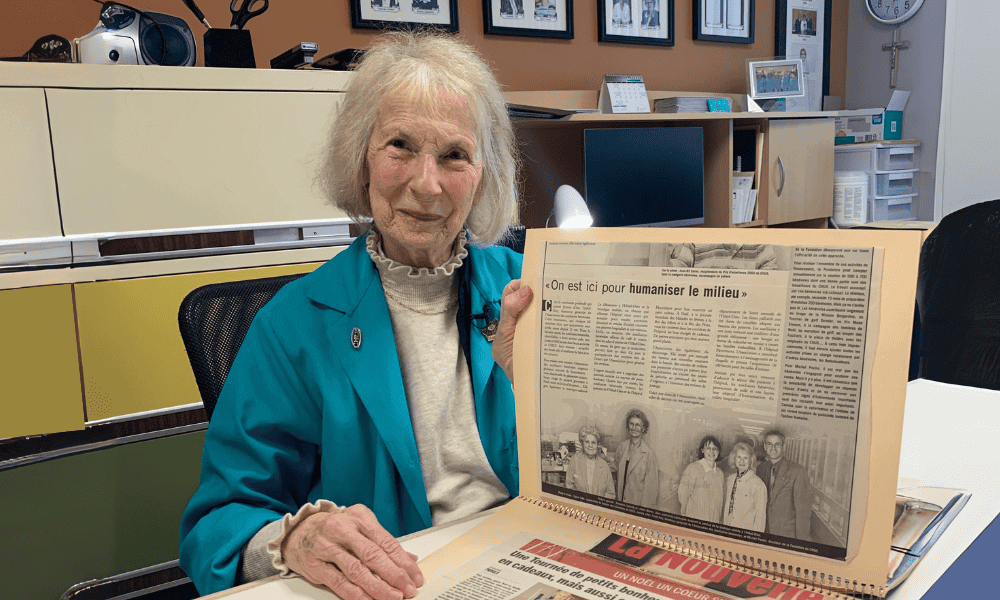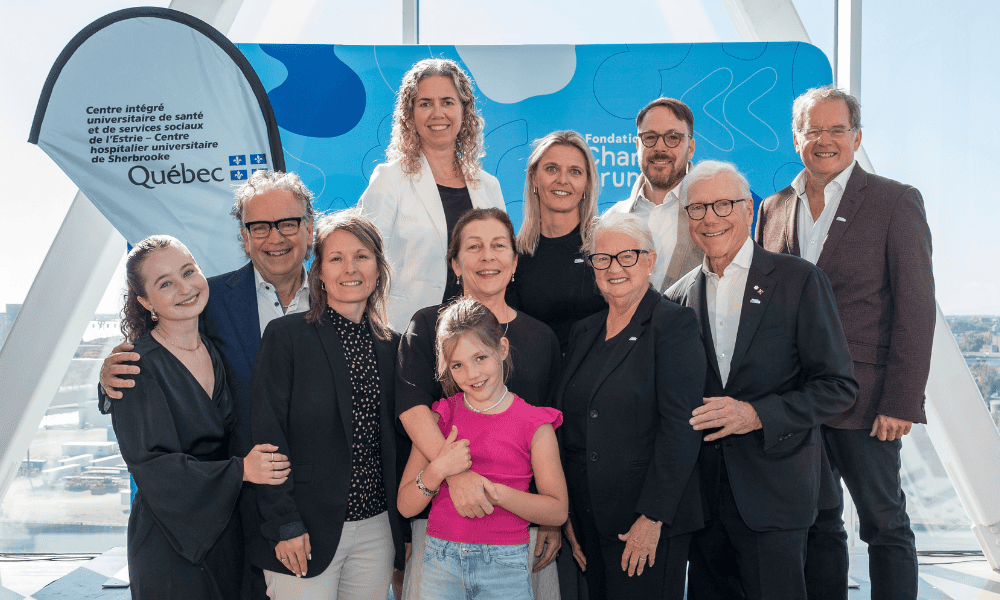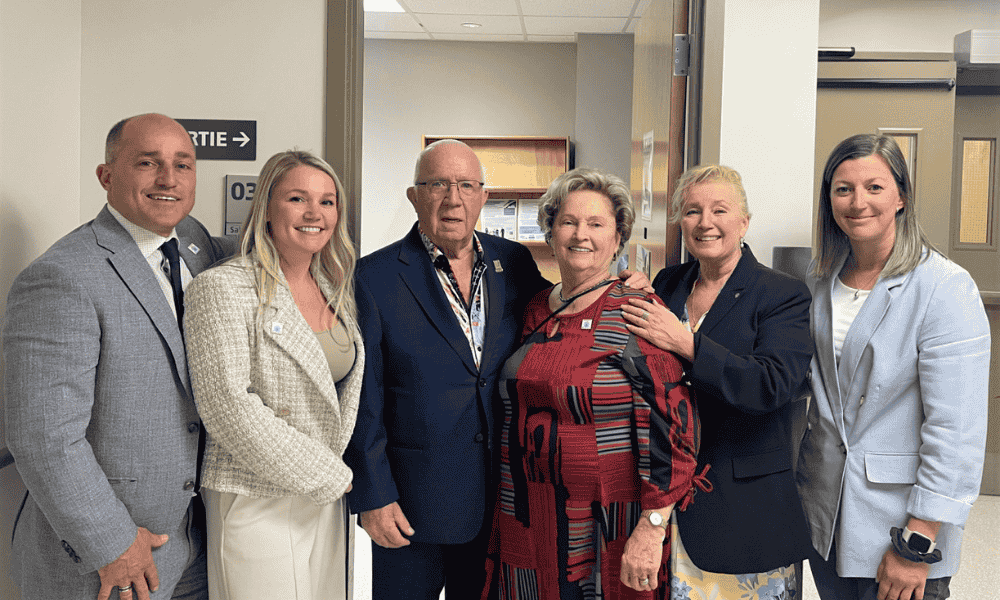News
The year 2025 is an important one for Jonathan. He is completing his university studies in mechanical engineering and will be ready to pursue his passion in the workforce. But just as important to him, he survived a cardiac arrest 10 years ago.
.png)
Jonathan was 15 years old when his heart stopped on a soccer field at the high school he attended in Sherbrooke. First aid was quickly administered on site, and he owes the rest of his life to the cardiology team at the CHUS. In 2015, he became the youngest Canadian to receive a new type of cardiac defibrillator with a subcutaneous lead.

“This defibrillator is attached to the chest wall, under the skin, with no material in the blood vessels, unlike other models with wires and electrodes that are more difficult and risky to replace over time. Since Jonathan was very young and this was for life, it was the wisest choice to make. We still favor this type of defibrillator for younger people, up to their fifties, but Jonathan's case remains unusual,” explains cardiologist Dr. Jean-François Roux, who is also the director of the cardiology department at CHUS.
For Jonathan, his defibrillator is now his guardian angel. If his heart ever acts up, the device can deliver a shock to restore his heartbeat. “It’s already happened several times in one evening, and it’s really unpleasant. It feels like getting charged by a horse!” explains Jonathan.
"I'm not afraid of dying; I know my safety net will work. I have confidence," adds the young man, who is still being monitored by the team of specialists at CHUS.
An Unexpected Situation
"I had experienced episodes of palpitations before this incident, and I often lost consciousness. I had already consulted in Montreal, and they thought I was suffering from exercise-induced hypoglycemia because I was heavily involved in competitive sports, especially hockey—it was my passion!" recounts Jonathan.
At the time of the incident, specialists at CHUS conducted investigations and concluded that a defibrillator was necessary to eliminate the risk of another cardiac arrest. It was a real shock for the young man and his family.
"Genetic tests revealed that I had a predisposition, and that high-level sports might have triggered this heart condition due to the stress placed on my heart. It’s something seen in certain athletes," Jonathan explains. "My whole family was tested, and the specialists discovered that my sister also had a heart condition, but of a different nature. She was able to be followed by the same team at CHUS, and now everything is fine!" Jonathan says happily.
He is now on his second defibrillator, which had to be replaced in 2022. The battery life of this new generation is much longer, allowing for more time between hospital visits. "Patients have a module that communicates with the defibrillator, and if there’s a problem, an alert is sent to our team," explains Dr. Roux. "This remote monitoring improves the quality of life for patients, who now only need to come in for follow-ups once a year instead of several times."
A Healthy and Active Life
The teenager had to go through the difficult process of giving up the demanding sports he loved, like hockey and running. Now, at 25, he plays golf and goes on long hikes. "It was a big change in my life, not so easy to accept," confides the young man. "The important thing is to keep my heart rate low and avoid getting out of breath, but it’s definitely possible to have a healthy and active life," he assures.
And his competitive spirit? It’s still very much alive in this graduate of the École de Technologie Supérieure at the Université de Montréal, who discovered a new passion. For the past few years, he has been participating in the Quebec Engineering Competition (CQI) and the Quebec Engineering Games, staying motivated to always push his limits and make the most of life!
Subscribe to our newsletter!
Pour rien manquer de l’actualité de la Fondation du CHUS.



.jpg)


.jpg)
.jpg)
.jpg)
.png)
.png)
vf.jpg)
.png)
.png)
%20(1).png)

.png)
.png)
.jpg)
.jpg)
.jpg)

.jpg)
.jpg)
.jpg)
.jpg)
.jpg)
.jpg)
.jpg)
.jpg)
.jpg)

%20site%20web.jpg)





.png)

